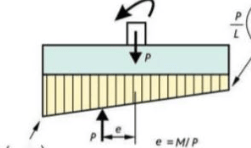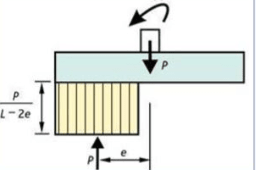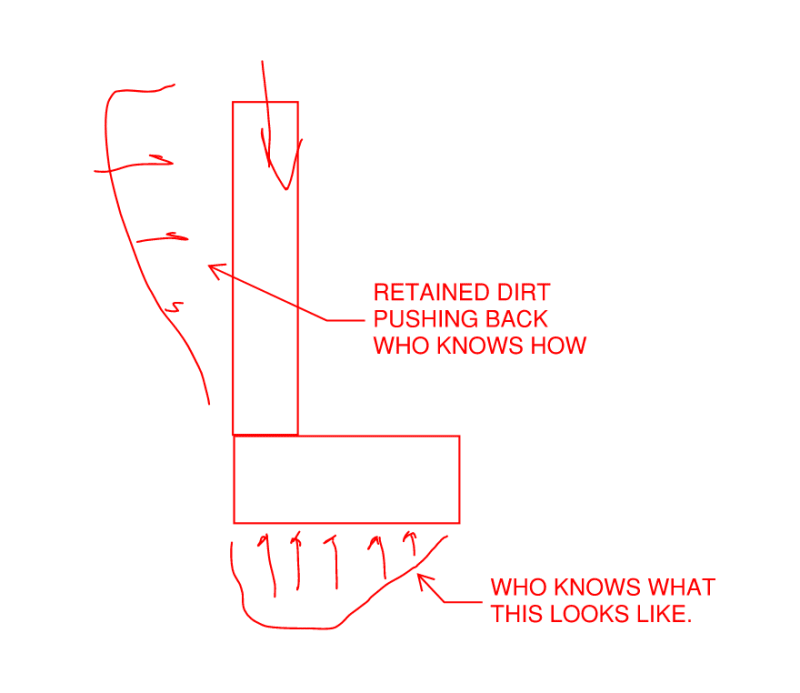Good Morning,
I have always used a trapezoidal / triangular soil bearing distribution when checking the maximum bearing on a gravity footing with eccentric loading.
I have been told by others at my office that I can use a rectangular distribution instead, with the average bearing pressure, instead of the maximum bearing pressure, used for bearing pressure checks.
Is there a code clause that allows me to do this? I have looked through my geotechnical textbooks and am seeing that, at least for SLS, I do need to take this triangular distribution. It is a huge difference in the values between these two approaches too.
Thanks so much in advance!
I have always used a trapezoidal / triangular soil bearing distribution when checking the maximum bearing on a gravity footing with eccentric loading.
I have been told by others at my office that I can use a rectangular distribution instead, with the average bearing pressure, instead of the maximum bearing pressure, used for bearing pressure checks.
Is there a code clause that allows me to do this? I have looked through my geotechnical textbooks and am seeing that, at least for SLS, I do need to take this triangular distribution. It is a huge difference in the values between these two approaches too.
Thanks so much in advance!



